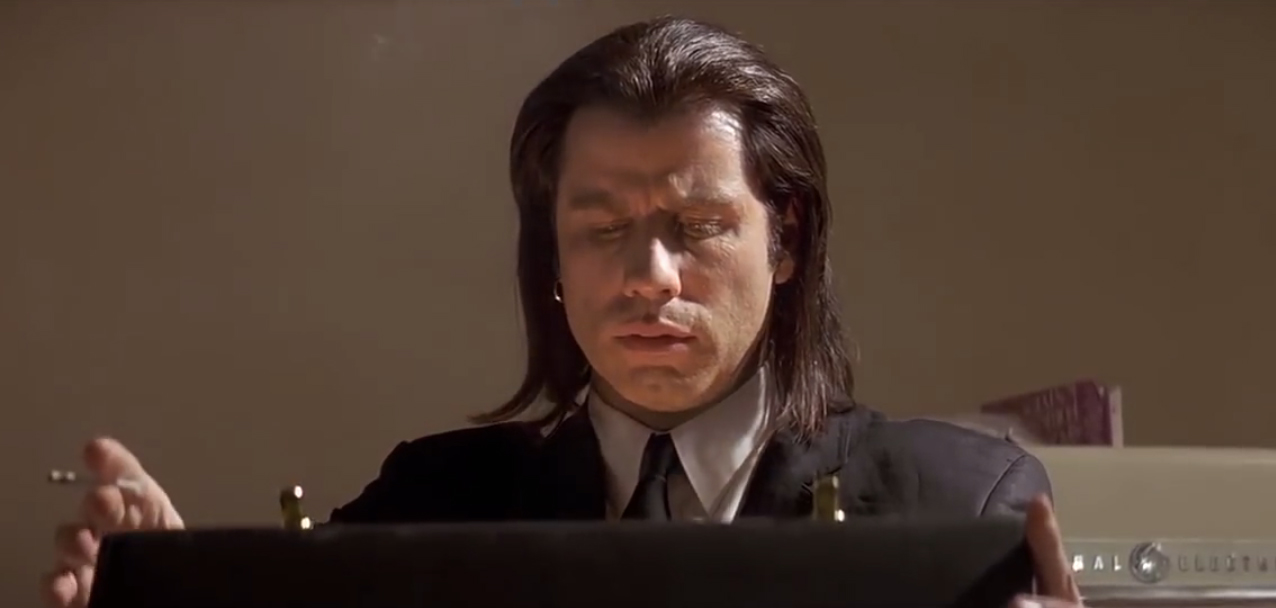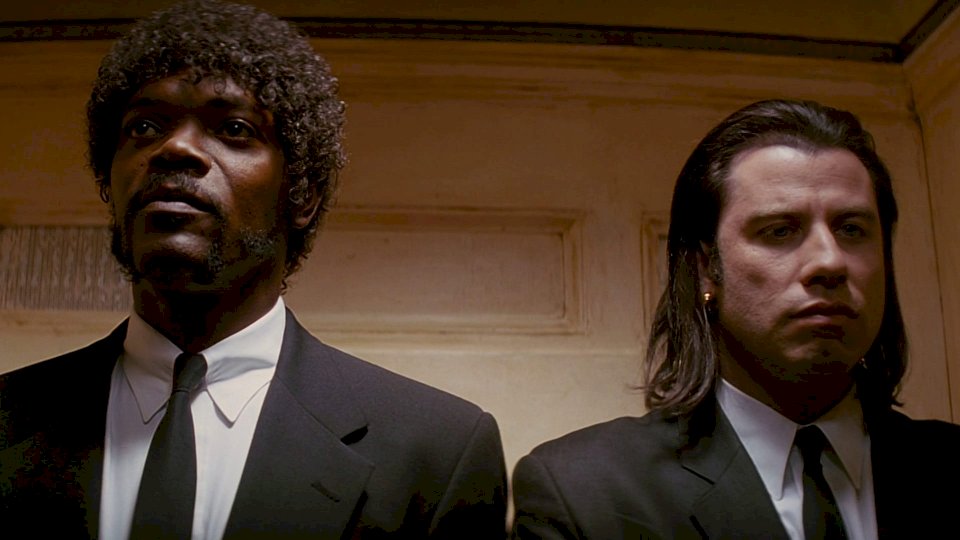
Although this tactic was not new and found its origins as early as the 1940s in Orson Welles’ fragmented portrait of a newspaper magnate in Citizen Kane (1941), Tarantino’s ability to create intrigue surrounding his characters’ motivations and fates because of the lapses in their respective narratives certainly helped popularize it.īecause of such a unique narrative feature distinguishing it from other films of its time and type, Pulp Fiction not only earns its place as one of the most influential films of the 1990s but, given Tarantino’s very clear references to the films and filmmakers that inspire him, one that carries a unique history of its own with it. Tarantino took all of these genres and turned them on their heads by presenting the already convoluted story out of order. Although Tarantino was already a known entity amongst the film community, it was with this film that he helped usher in a newfound reverence for independent filmmaking, proving to the world that lesser-known talents had just as much to offer filmgoers as anything coming out of Hollywood.Ĭentering around three different storylines featuring a pair of hitmen, their boss’s wife, and a washed-up boxer, among a slew of other memorable characters, the film combines elements of crime, black comedy, neo-noir, and even some slight romance into its revolutionary screenplay.

There really can’t be enough said about how much of a landmark the film was for the independent film scene.

Ever since its premiere at the Cannes Film Festival close to 30 years ago, where it was an instant smash and took home the festival’s highest honor, the prestigious Palme d’Or, heaping praise upon Quentin Tarantino’s Pulp Fiction (1994) has practically been second nature.


 0 kommentar(er)
0 kommentar(er)
